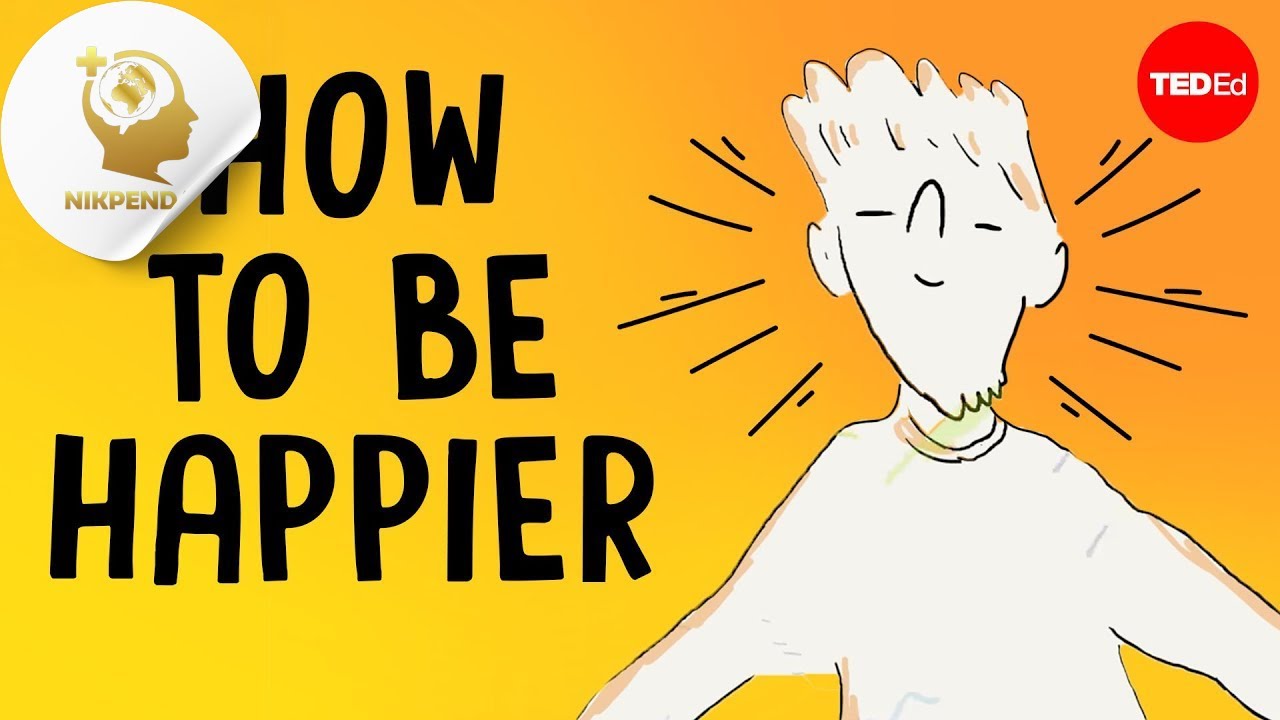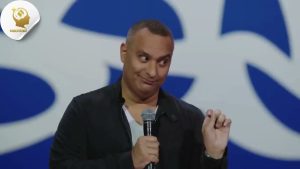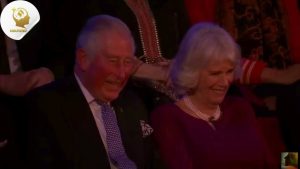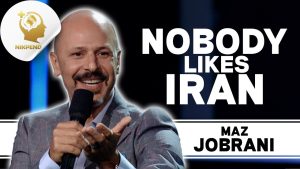
Beginner
- Task 1: Describing a Feeling. Students are shown a picture of a happy person and a sad person. They have to describe the feeling of each person using simple vocabulary from the video , such as happy or grateful. This task helps them connect new vocabulary to a visual cue and express a simple emotion.
- Task 2: Giving Simple Instructions. Students will be asked to give one or two simple instructions based on the speaker’s advice. For example, “What are the three steps the speaker gives to be grateful?” The student should reply with Stop, Look, and Go. This focuses on using new verbs and vocabulary in a directive context.
- Task 3: Role-Play: Offering a Simple Solution. In pairs, one student will act out a negative feeling (e.g., “I’m not happy because I don’t have enough money”). The other student will offer one piece of simple advice from the video , such as “Stop and look at what you have.” This task helps them practice using target language in a practical, conversational scenario.
Intermediate
- Task 1: Explaining a Core Concept. Students are asked to explain the difference between being happy and being grateful as described in the video . They should use their own words and examples from the text, such as the person who has everything but is not happy. This task requires them to summarize and explain a complex concept using specific terminology.
- Task 2: Creating a Scenario. Students are given a difficult situation (e.g., “You lost your job”). They must create and act out a short scenario where they describe their feelings and then explain how they will use the speaker’s advice to find something to be grateful for in that moment. This promotes creative application of the language.
- Task 3: Discussion: Gratefulness in Society. Students will work in a small group to discuss the speaker’s claim that a grateful world would be less violent and more generous. They should prepare to state their own opinion and use at least two key phrases from the videoto support their view, such as “If you’re grateful, you’re not fearful” and “you’re willing to share.”
Advanced
- Task 1: Delivering a Short Presentation. Students will prepare and deliver a short talk (2-3 minutes) on one of the main topics in the video , such as the paradox of happiness and gratefulness or the “Stop, Look, Go” method. They must use the target vocabulary accurately and present the information in a clear, well-structured way.
- Task 2: Debating a Topic. Students will work in pairs to debate the speaker’s claim that one can be grateful in every given moment. One student will argue for the speaker’s position using evidence from the text, while the other will argue against it, using their own knowledge and critical thinking. This task requires high-level argumentative and discourse skills.
- Task 3: Role-Play: A Philosophical Conversation. In pairs, one student will act as a person who is struggling to find gratefulness after a personal tragedy. The other student will act as a counselor, using language from the videoto help the person understand that they don’t have to be grateful for the tragedy, but can be grateful in the moment for other things. This task requires a high level of empathy and sophisticated use of language in a nuanced social context.
Beginner
- Listening for Key Words. Students listen to the monologue and identify key vocabulary. For example, they’re given a list of words like happy, grateful, win, gift, stop, look, go and must check them off as they hear them. This task helps learners recognize core vocabulary in a complex spoken context.
- Simple True/False Statements. After listening to a specific section, students are given a series of statements and decide if they’re true or false. For example: “The speaker says when you are happy, you are grateful” (False) or “The speaker says you should not be grateful for violence” (True). This activity helps learners extract specific, explicit details.
- Simple Question Answering. Students listen to short, distinct sections and answer simple “wh-” questions. For example: “What is the speaker’s topic?” (Gratefulness) or “What are the three words the speaker says to live gratefully?” (Stop, look, go). This task focuses on identifying and retrieving basic facts.
Intermediate
- Listening for Definitions. Students listen for the speaker’s definition of gratefulness. They write down the two things that must come together for it to happen: something valuable and a real gift. This task helps them understand how a speaker defines a complex, abstract concept.
- Explaining a Paradox. Students listen to the speaker’s claim that happy people are not always grateful and that people with misfortune can be happy. They then summarize this paradox in their own words, explaining the connection between happiness and gratefulness. This task requires learners to understand a concept and its underlying mechanisms.
- Summarizing a Method. Students listen to the section about the Stop, Look, Go method. They must summarize the three steps and what each one entails. For example, “Stop” means to get quiet and not rush through life. This task requires synthesizing information from a structured set of instructions.
Advanced
- Analyzing an Argument. Students listen to the speaker’s main argument about gratefulness. They should identify the central thesis (that living gratefully can change your life and the world) and the evidence she provides to support it (the connection between gratefulness and being non-violent, generous, and respectful). This task demands a high level of comprehension and the ability to follow a complex, multi-point argument.
- Listening for Nuance. Students listen for the speaker’s distinction between being grateful for everything and being grateful in every moment. They must then explain this nuance and provide an example from the video(e.g., being grateful in a moment of misfortune for the opportunity to respond to it). This task requires students to understand a subtle but important distinction.
- Critical Evaluation. Students listen for the speaker’s claims and examples. They then write a short essay that evaluates the effectiveness of her argument. For example, they can discuss whether they find the Stop, Look, Go method to be a practical tool or if they think her claim about a “grateful world” is an oversimplification. This task requires students to not only understand the content but also to form and articulate a critical opinion.
Beginner
- Task 1: Vocabulary Matching. Students read a list of simple words from the videoand match each to a provided definition or simple synonym. Words could include: happy, grateful, gift, stop, look, go. This task helps build foundational vocabulary.
- Task 2: Basic Comprehension Questions. Students read a short, coherent section of the videoand answer simple “wh-” questions to find explicit information. For example, “What are the three steps the speaker gives to live gratefully?” or “What are people with a lot of misfortune sometimes feeling?” This focuses on literal comprehension and detail extraction.
- Task 3: Simple True/False Statements. Students read a series of statements based on a short segment of the videoand decide if each is true or false. For instance, “When you are happy, you are always grateful” (False) or “The speaker says to be grateful for war” (False). This practice reinforces reading for explicit details.
Intermediate
- Task 1: Explaining a Paradox. Students read the videoand focus on the paradox the speaker presents: that happy people aren’t always grateful, and people with misfortune can be happy. They then write a short paragraph explaining this contradiction in their own words. This task helps learners understand and articulate a complex idea.
- Task 2: Analyzing a Core Concept. Students read the section where the speaker defines gratefulness. They then write a paragraph explaining the two necessary components for gratefulness to arise: that something is valuable and that it’s a real gift. This task helps students understand how ideas are broken down into their core components.
- Task 3: Summarizing a Method. Students read the section about the Stop, Look, Go They must write a paragraph summarizing the three steps and what each one means in the context of the speaker’s advice for living a grateful life. This task requires students to synthesize information from a structured set of instructions.
Advanced
- Task 1: Analyzing an Argument. Students read the entire videoand write a detailed outline of the speaker’s main arguments. They should identify her central thesis (that living gratefully can change the world) and the evidence she provides to support it (being less fearful, more generous, and more respectful). This task requires a high-level understanding of the monologue’s overall structure and logical flow.
- Task 2: Examining a Nuanced Claim. Students read the section where the speaker claims you can’t be grateful for everything but can be grateful in every moment. They then write an essay (2-3 paragraphs) that explains the nuance of this claim and analyzes how it applies to personal misfortunes. This task requires a deep understanding of a subtle philosophical distinction.
- Task 3: Summarizing and Critiquing a Philosophical Argument. Students read the entire videoand write an essay that summarizes the speaker’s core argument. They should also include a brief critique of the argument, discussing its strengths and weaknesses from a critical reading perspective. For example, they can discuss whether the speaker’s advice is practical for all people in all situations
Beginner
- Task 1: Simple Sentence Writing. Students write one or two sentences based on a prompt from the video . For example, “What is a gift that is valuable to you?” or “What makes you happy?” This task helps them practice forming simple sentences using new vocabulary.
- Task 2: Filling in the Blanks. Students are given a paragraph from the videowith key words removed. They must read the paragraph and fill in the blanks using a word bank. The words could include: happy, grateful, misfortune, gift, share, etc. This helps them practice spelling, vocabulary, and grammar in a scaffolded context.
- Task 3: Simple List Creation. Students are asked to create a list of things from the videothat the speaker says you cannot be grateful for (e.g., violence, war, unfaithfulness). This task focuses on extracting specific information and organizing it into a list.
Intermediate
- Task 1: Summarizing a Concept. Students are asked to write a short paragraph explaining the difference between being happy and being grateful, based on the speaker’s examples of people with everything and people with misfortune. This task requires them to summarize and synthesize information from the text.
- Task 2: Writing a Personal Response. Students write a short journal entry or reflective paragraph about a time they felt grateful. They should use at least three words or phrases from the video , such as given moment, valuable, or opportunity. This task encourages them to connect the video ‘s ideas to their own lives.
- Task 3: Explaining a Method. Students write a short paragraph explaining the Stop, Look, Go method in their own words, describing what each step means and why it’s important. This task requires them to understand a process and explain it clearly in a written format.
Advanced
- Task 1: Argumentative Essay. Students write a short argumentative essay (e.g., 200 words) in which they agree or disagree with the speaker’s claim that being grateful can change the world. They must support their opinion with evidence from the videoand their own ideas. This task requires a high level of critical thinking, organization, and persuasive writing.
- Task 2: Analyzing a Nuanced Claim. Students write a short essay explaining the speaker’s distinction between being grateful for everything and being grateful in every moment. They should use examples from the videoand provide their own examples to illustrate their understanding of this nuanced point. This task requires sophisticated analytical skills.
- Task 3: Creating a Persuasive Text. Students are asked to imagine they are creating a pamphlet or a social media post to promote the idea of gratefulness. They must write a persuasive text that summarizes the speaker’s key ideas and encourages others to try the Stop, Look, Go This task requires a high level of creativity and the ability to adapt a message for a specific audience.





